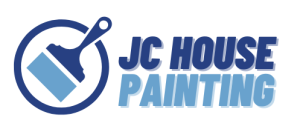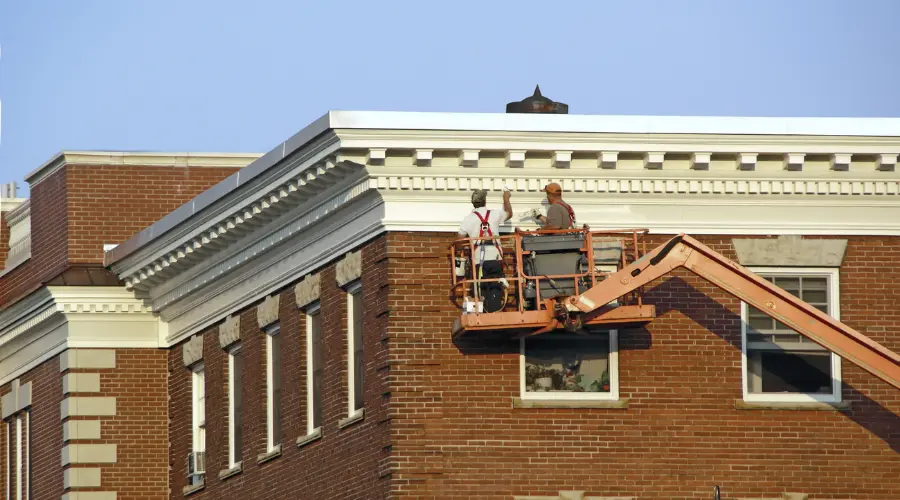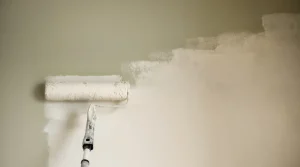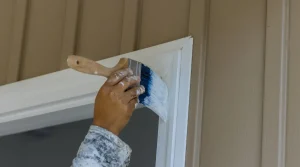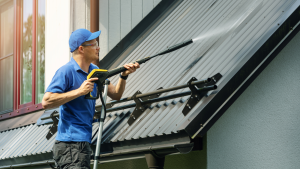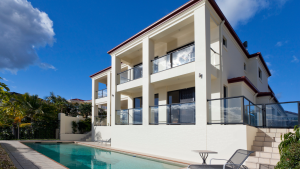Understanding the costs of commercial painting projects is key to staying within budget. This guide breaks down the primary factors influencing pricing and offers a detailed roadmap for creating accurate estimates.
Key Takeaways
- Project Size and Complexity: Larger or intricate projects drive up costs due to increased labor and materials.
- Paint Quality: High-quality paints have higher upfront costs but deliver superior durability and aesthetics.
- Labor Costs: Skilled painters and project duration heavily impact expenses.
- Building Condition: Poor conditions demand more preparation, raising costs.
- Detailed Estimates: Comprehensive breakdowns of labor, materials, and overheads ensure transparency.
Factors Influencing Painting Cost Estimation
Project Size and Complexity
The size of your project is a major cost determinant, as larger spaces require more paint and labor hours. Square footage forms the foundation of most estimates, and complex architectural designs or intricate details can significantly increase labor time. For example, painting a simple office space costs less compared to a venue with detailed molding or high ceilings, where scaffolding or specialized equipment is necessary.
Quality and Type of Paint
The paint’s quality and type directly affect pricing. High-quality paints, while more expensive, offer benefits such as better coverage, longer lifespan, and enhanced aesthetics. Specialty paints, like those with antimicrobial or fire-resistant properties, also contribute to higher costs but are often worth the investment for commercial properties with specific needs, such as healthcare facilities or restaurants.
Labor Costs
Labor typically forms the largest portion of a commercial painting budget. The number of painters needed, their skill level, and the time required for completion all influence labor expenses. Additionally, projects that require multiple coats, intricate designs, or challenging site conditions will demand more labor, increasing overall costs.
Building Condition
The state of the building’s surfaces plays a critical role in cost estimation. Surfaces in poor condition often need extensive cleaning, repairs, or priming before painting can begin. Addressing issues like peeling paint, cracks, or mold significantly impacts both labor and material costs but ensures a high-quality finish.
Materials and Supplies
Beyond paint, other materials such as primers, sealants, brushes, rollers, sprayers, and safety equipment contribute to the total cost. For projects requiring unique finishes or durable coatings, specialized supplies may further increase expenses.
Guidelines for Writing a Commercial Painting Estimate
Initial Consultation and Site Inspection
Begin with a thorough site inspection to assess the project’s scope and unique requirements. This step ensures you understand the client’s expectations, preferences, and potential challenges.
Detailed Measurements
Accurately measure all areas requiring paint, including walls, ceilings, and trim. Calculating square footage with precision is vital for determining the amount of paint and materials needed, minimizing waste.
Material Costs
Estimate the cost of all required materials, including paint, primers, sealants, and equipment. Opt for products that balance cost-efficiency with quality to meet client needs without compromising the project’s success.
Labor Expenses
Evaluate the project’s complexity and calculate labor hours accordingly. Include time for preparation, application, and cleanup. Account for any specialized skills required, such as high-altitude painting or decorative finishes.
Overheads and Profit Margin
Factor in overhead expenses, including transportation, equipment maintenance, and administrative costs. Add a reasonable profit margin to sustain your business’s profitability while remaining competitive.
Detailed Breakdown
Provide clients with a transparent, itemized estimate. Break down costs for labor, materials, overheads, and contingencies. Clarity fosters trust and helps clients understand the value of your services.
Frequently Asked Questions (FAQ)
How is commercial painting different from residential painting?
Commercial painting often involves larger spaces, specialized coatings, and stricter timelines compared to residential painting. The focus is on durability and functionality to meet business needs, whereas residential projects prioritize aesthetics and comfort.
Why do labor costs form such a significant part of the budget?
Labor involves not just painting but also preparation, repairs, and cleanup. Skilled painters ensure a professional finish, and their expertise commands higher wages. Complex projects with unique challenges further increase labor expenses.
Can I reduce costs by using cheaper paint?
While cheaper paint lowers upfront expenses, it often compromises on coverage, durability, and finish. High-quality paint reduces long-term maintenance costs and provides better value for money.
How do building conditions affect painting costs?
Buildings in poor condition require extensive preparation, such as cleaning, repairing cracks, or priming. These steps are essential for a flawless finish but add to both material and labor costs.
What factors should I consider when choosing a painting contractor?
Look for contractors with experience in commercial projects, proper licensing and insurance, and a portfolio of completed work. Transparency in estimates and strong client reviews are also critical.
Are there cost advantages to larger projects?
Yes, larger projects often benefit from economies of scale. Contractors can purchase materials in bulk, and the cost per square foot may decrease as the project size increases.
Conclusion
Commercial painting projects require detailed planning and precise cost estimation. By considering factors like project size, paint quality, labor, and building condition, you can create accurate budgets that balance cost-efficiency with high-quality results. Investing in skilled professionals and premium materials may have higher initial costs but ensures a durable, aesthetically pleasing finish that enhances your property’s value. With the expertise of New City House Painters, you can achieve your vision while staying on budget. Contact us today to begin your next commercial painting project.
